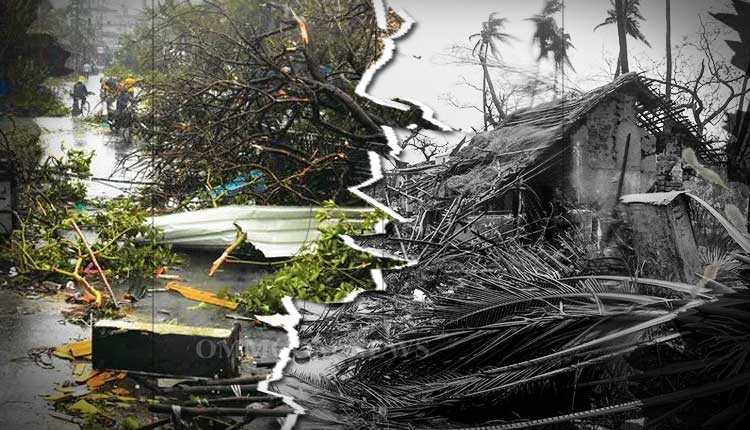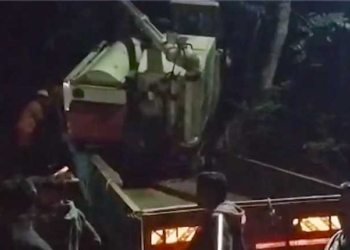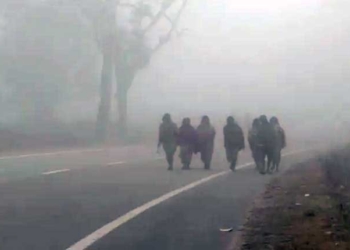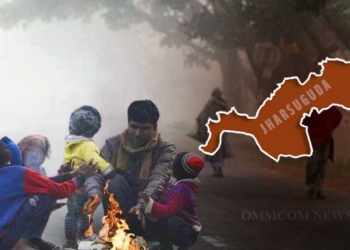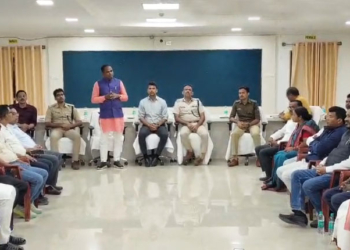Bhubaneswar: Twenty-five years ago, on October 29, 1999, Odisha faced one of its darkest moments – the Super Cyclone that ravaged the state, claiming 9,000 lives in Jagatsinghpur, injuring thousands, and destroying millions of homes, livelihoods, and infrastructure.
As Odisha commemorates the 25th anniversary of the catastrophic disaster that forever changed the state’s landscape, Ommcom revisits the fateful day.
A Day Of Unimaginable Horror
On October 29, 1999, a powerful cyclonic storm made landfall near Paradip, between Ersama and Balikuda, unleashing unprecedented fury. With winds reaching 260 kmph, the storm brought torrential rains, 6-7 meter-high tidal waves, and floods that devastated the coastal regions.
The official toll stands at over 9,000 lives lost, mostly in Jagatsinghpur district. However, unofficial estimates suggest the actual number may be significantly higher. The disaster also left approximately 7,000 people injured and resulted in the death of over 3 lakh livestock. As per sources, the storm damaged over 16 lakh houses, washed away 23,000 houses, fully damaged 7 lakh houses, and partially damaged 8 lakh houses.
The ferocity of the 1999 Super Cyclone was unparalleled that the anemometer, a device used for measuring wind speed, at Paradip had failed to record it. Moreover, the intensity of the storm in 1999 was so high that it led to 45 cm to 95 cm of rainfall and affected 14 coastal districts, 28 coastal towns and two major cities of Bhubaneswar and Cuttack.
Narendra Kandi, a resident of Ersama, recounted the harrowing experience of the 1999 Super Cyclone with tears in his eyes. “That fateful day is etched in my memory forever,” he said, his voice trembling with emotion. “I lost my parents to the merciless storm, and it’s a pain that still lingers.”
“But I consider myself fortunate to have survived. A sturdy banyan tree stood tall amidst the chaos, shielding me and five others from the worst of the cyclone’s fury. Its branches swayed violently, but its roots held firm, providing us a lifeline.”
As the storm raged on, Narendra’s home was swept away by the raging sea waters. “Our house was engulfed by the sea, leaving us with nothing. I clung to the banyan tree, praying for the storm to pass.”
The trauma of that day still resonates deeply with Narendra. “The memories of my parents, the destruction, and the desperation haunt me. But I’ve learned to live with the pain, finding solace in the resilience of our community. We’ve rebuilt our lives, but the wounds will always remain,” he said, his eyes misty with nostalgia.
Twenty-five years have passed since the Super Cyclone ravaged Erasama, but for Narendra and countless others, the scars remain.




